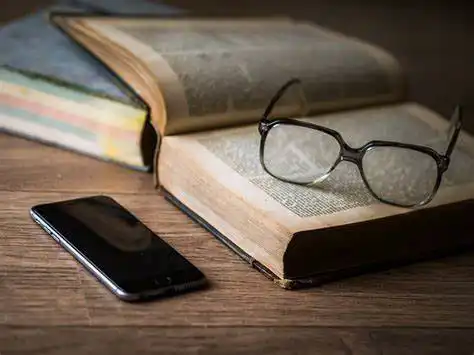The Dynamics of Moisture Damage on iPhones
Preserving electronic equipment, such as the treasured iPhones, often requires protection from the elements, particularly water. Despite Apple's advances in creating water-resistant iPhones, accidental exposure to water is inevitable. This might lead to malfunctions, hence the need to take appropriate recovery steps.
Therefore, as an iPhone user, understanding moisture damage dynamics proves crucial. Moisture on a phone's surface is less harmful. However, the danger lies when water infiltrates the inner components, leading to possible short circuits that damage the phone.

Over the years, many iPhone owners resort to the rice bath solution to dry wet phones. Yet, recent Apple guidelines challenge this widespread approach. This leaves users needing to understand new methods to recover a water-ravaged iPhone effectively.
The rice bath solution involves placing a wet phone in bags of dry rice, seeking to suck out the moisture from the phone's internal components. However, Apple’s recent statements question this practice, advising against it.
Why Apple advises against the Rice Drying Method
It seems logical to associate the rice bath remedy with water damage recovery due to the grain's adsorption properties. However, it might present some challenges. Apple's standpoint against the rice bath method is due to concerns that the grains may get into the device's ports or the trapped residue may cause further damage.
Furthermore, a stay in the rice bag might not necessarily ward off all the moisture present. The remaining moisture can trigger corrosion over time. Corrosion on phone parts is certainly damaging, so Apple's recent warnings seem reasonable.
On these grounds, the tech giant instead encourages its users to try other safer methods to recover a wet iPhone. These guidelines from Apple provide timely and eye-opening revelations for iPhone users worldwide.
Apple's caution against rice baths is not the only noticeable revelation from the tech company. They also advise against exposing the phone to high heat to remove interior moisture. The reasons for this precaution are evident.
Objections to Application of Direct Heat
Exposure to high temperatures is often destructive to any piece of electronic equipment, including iPhones. Direct heat can affect a phone's processing abilities, risk melting internal hardware, distort the display and significantly reduce the phone's battery life. Therefore, Apple's advice to avoid heat in the recovery processes is for the better good.
In addition, the heat could also affect the iPhone's chipboard or damage the liquid contact indicators installed in the device. The harm from high heat thus surpasses the potential benefits, affirming Apple's stance.
The company's resistance to heat application holds that such conditions present considerable risks that could prematurely age the device or destabilize its working condition. It is, therefore, a warning that is in the best interest of iPhone users.
From all these insights, adopting correct procedures in dealing with a water-logged iPhone has a profound impact on the device's durability and the user's safety.
The Correct Procedures for a Wet iPhone Recovery
Upon accidental water exposure, Apple recommends turning off the iPhone immediately and drying it. This measure is critical to prevent short circuits from the water infiltrating into the internal components.
Afterwards, Apple suggests using a dry, soft cloth to clean the exterior parts thoroughly. Dealing with the water on the surface first reduces the chance of it reaching the critical inner elements of the phone, thus limiting potential damage.
Next, the tech giant encourages the user to allow the iPhone to dry out entirely in a well-ventilated area. This method is far safer and efficient than resorting to potentially harmful tactics such as the rice bath or exposing the phone to heat.
The company also encourages users to refrain from using the device until it has completely dried, another key preemptive measure against further potential damage. Apple is keen on its customers understanding these procedures for avoiding extra costs in repairing or replacing a moisture-damaged iPhone.